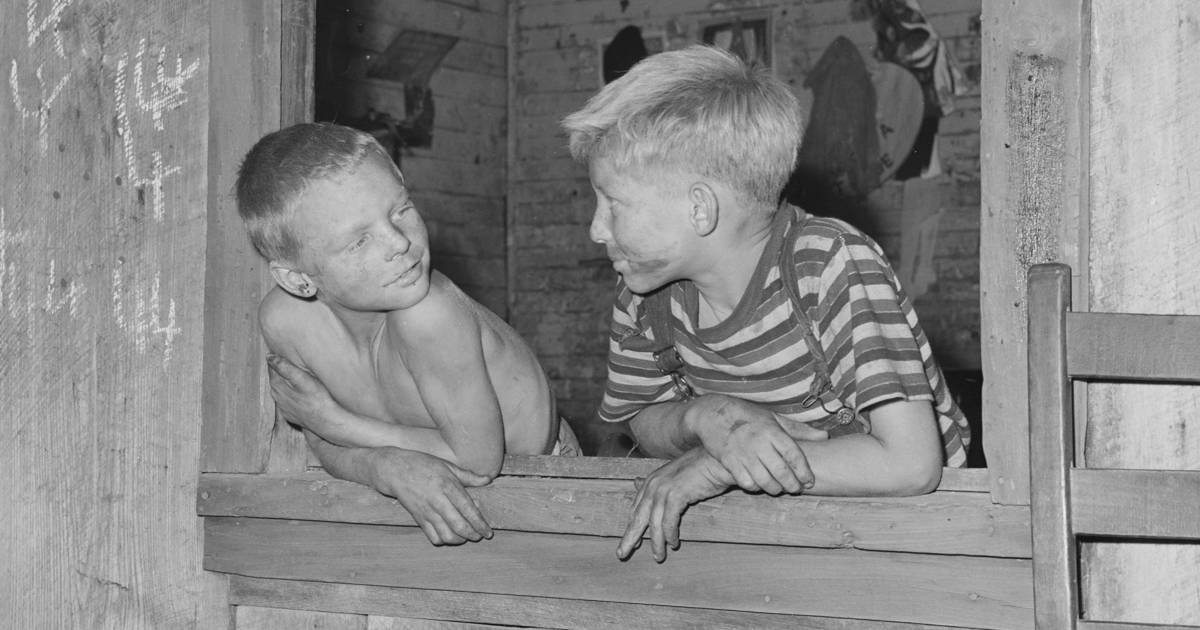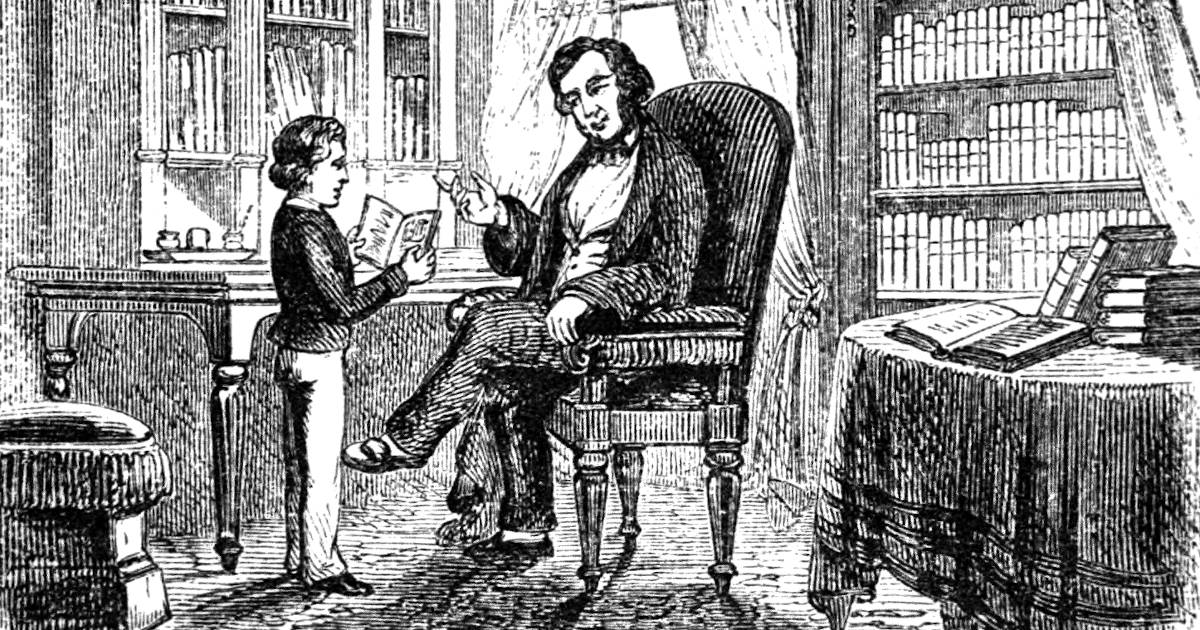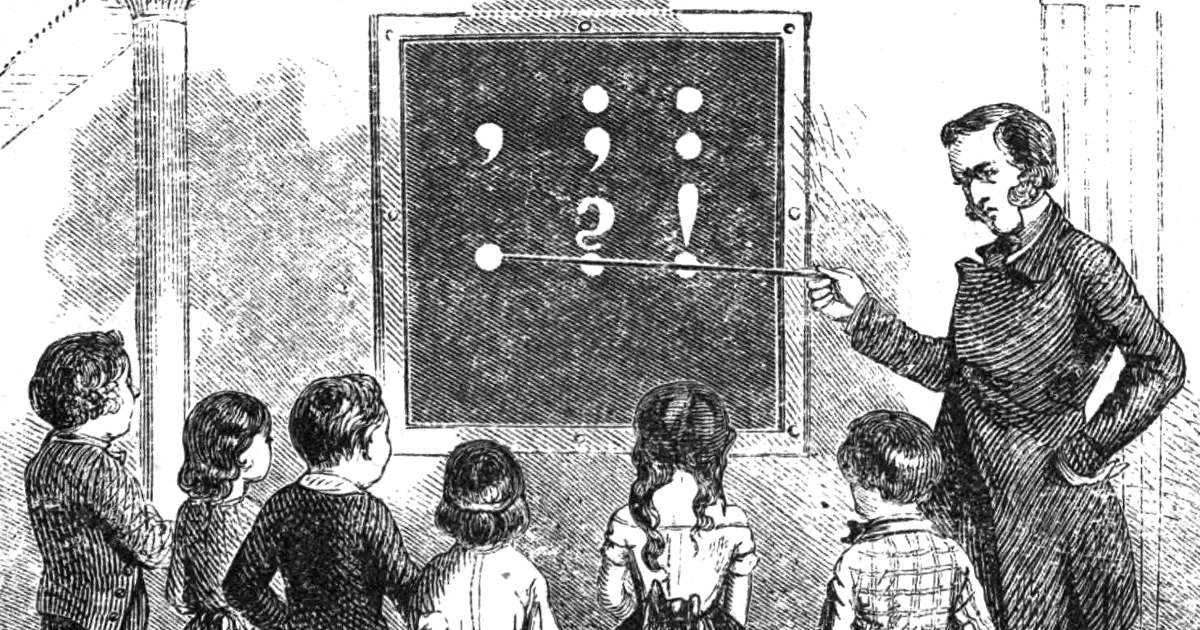Comparison of My Two Sons' Language Development
My son Theo was born in the summer of 2016 and my son Cory was born in the winter of 2017. Our family is multi-lingual so we knew our sons would therefore have complicated and interesting language development. My wife and I are (unsurprisingly) huge nerds so we wrote down each new word they learned so we could explore how they learned language. I wrote a post focusing on Theo’s language development and another post focusing on Cory’s language development; this month I compare them.
The Data
The data was collected by my wife and I attempting to identify when the boys had learned a new word and writing it down. The most common error is writing down words one of the boys does not yet really know. This would lead to an increase in the number of words known at any time in the data; still the difference between the boys should be unaffected as the error pushes the data in the same direction for both of them.
I discuss data collection in more depth in Theo’s and Cory’s data sections. You can find the Jupyter notebook used to perform this analysis here (rendered on Github). The data can be found here and here.
Development
Below I have plotted the number of words each of my sons knew as a function of their age. Theo, our first son, is represented by dashed lines; Cory, our second son, is represented by solid lines.
Second children are known to have slower onset of language development.1, 2 They learn their first 50 known words more slowly, but catch up to their older siblings quickly, learning their first 100 words at about the same age. The advantage is small though; the average difference in time to first 50 words between the first and second child is only 1 month.
Theo and Cory do not follow this trend. Cory was 3 to 4 months faster than Theo to hit language development milestones in Cantonese, English, and Spanish; he also knew many more animal sounds. Theo was artificially limited in his Spanish acquisition though, as mentioned in his post, because my mother had injured herself and so Theo could not visit my parents for a few months.
Sign is the only area where Theo eventually learned faster than Cory. I suspect this is because he needed sign to communicate as he did not know as many words as quickly, whereas Cory gave up on sign once he could talk.
Finally, I owe Theo’s doctor an apology: she was always a little worried about Theo’s language development, but we did not take it seriously because we knew that bilingual children developed language more slowly. Looking at the data and comparing to his brother, I think our pediatrician was right to be worried. Thankfully, Theo has had no problems since and now talks incessantly.
Other Writings on Language Development
If you enjoyed this article, here are all the other articles I wrote about language development!
I recorded the words my sons spoke as they learned our various languages and now I compare how each developed! Read on to find out how each son learned.
We tracked my third son's language development word by word. Here, in plots, is how he learned to speak. Take a look!
My second son is a little over two years old. We tracked every word he's spoken to watch his language development, and now you can observe it too!
My son is a little over two and unfortunately he has two huge nerds for parents. We tracked every word he's spoken to watch his language development, and now you can join us!
-
Pine, J. M. “Variation in vocabulary development as a function of birth order” Child Development. vol. 66, no. 1. 1995. pp. 272–281. doi: 10.2307/1131205. ↩
-
E. Berglund, M. Eriksson, and M. Westerlund. “Communicative skills in relation to gender, birth order, childcare and socioeconomic status in 18‐month‐old children” Scandinavian Journal of Psychology. vol. 46. 2005. pp. 485–491. doi: 10.1111/j.1467-9450.2005.00480.x. ↩



